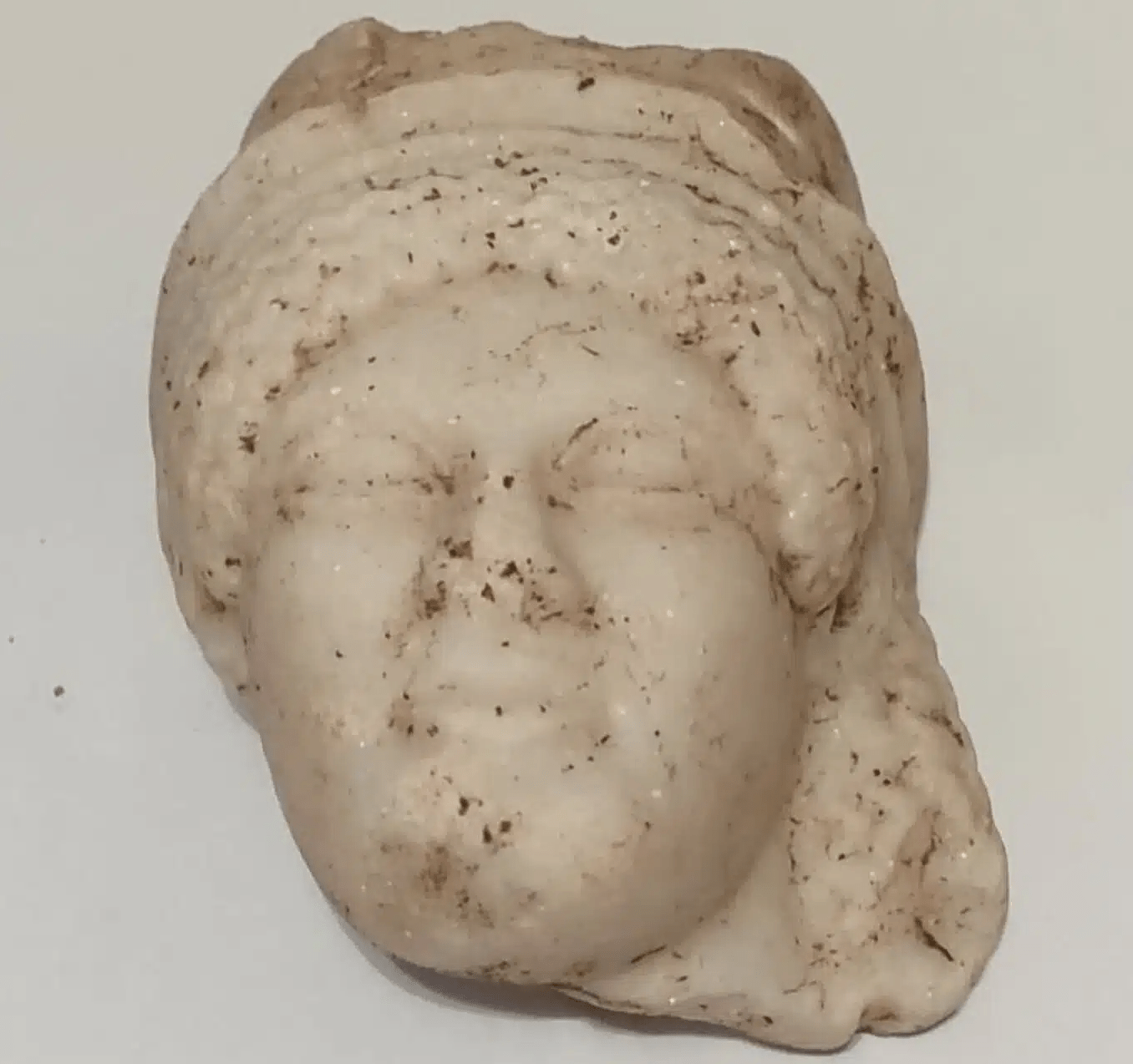Egypt retrieves ancient ruins of 2,000-year-old sunken city

Egypt has unveiled remnants of a sunken city off the coast of Alexandria, including buildings, artefacts, and a dock dating back over 2,000 years, according to AL24 News via AFP on August 21st.
Egyptian authorities said that the site, which is in the waters of Abu Qir bay, could be an extension of the ancient city of Canopus. The city was an important centre existing during the Ptolemaic dynasty, which ruled Egypt from 305 BCE until 30 BCE when it was incorporated into the Roman Empire, which ruled Egypt for a further 600 years.
A series of earthquakes and rising sea levels submerged the ancient city over time, including the nearby port of Heracleion.
On August 21st, cranes carefully lifted statues from the water while divers, who had helped with the recovery process, celebrated from the shore.
Sherif Fathi, who is Egypt’s tourism and antiques minister, said that “there’s a lot underwater, but what we’re able to bring up is limited, it’s only specific material according to strict criteria.” He added that “the rest will remain part of our sunken heritage.”
Egypt has already made some quite significant discoveries about its past in 2025. In July, researchers discovered a genetic link between the people of ancient Egypt and Mesopotamia.
The ruins that were revealed by the tourism and antiques ministry include many limestone buildings that are suspected to have served as places of worship, residential areas and industrial or commercial structures.
Researchers also found reservoirs and rock-carved ponds used for domestic water storage and fish cultivation.
Some of the more notable discoveries included statues of royal figures and sphinxes dating back to the pre-Roman era. This included a partially preserved sphinx with the cartouche of Ramses II, one of Egypt’s most historically significant and longest-ruling ancient pharaohs.
Many of the statues were missing body parts, including a Ptolemaic figure made of granite which was missing a head, and what appears to be only the lower half of a Roman nobleman carved from marble.
Stone anchors, a merchant ship and a harbour crane dating back to both the Ptolemaic and Roman eras were uncovered at the site of a 125-metre dock, which the tourism ministry explained was used as a harbour for small boats until the Byzantine period in Egypt.
It is not yet clear where the artefacts will be displayed. One possibility is that they will find their new home inside the Grand Egyptian Museum, which is scheduled to finally open in the last quarter of 2025.
The coastal city of Alexandria is no stranger to ancient ruins; however it is at risk of meeting a similar fate to the submerged sites of Canopus and Heracleion.
Due to climate change and rising sea levels, Alexandria sinks by more than three millimetres every year. Even in the United Nations’ most optimistic estimation, a third of the city will be either uninhabitable or underwater by 2050.
AL24 News, AFP, Maghrebi.org
Want to chase the pulse of North Africa?
Subscribe to receive our FREE weekly PDF magazine














